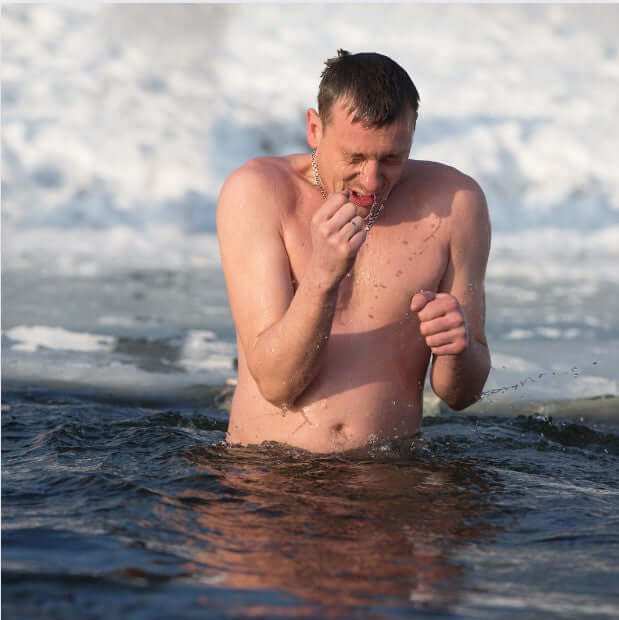Cold exposure through ice baths and cold plunges has gained popularity for its potential health benefits, including improved circulation, enhanced recovery, and mental resilience. However, engaging in these practices without proper precautions can lead to adverse effects. Here, we outline the best practices and safety measures to ensure a safe and beneficial experience.
1. Consult with a Healthcare Professional
- Individual Assessment: Before starting regular cold exposure, consult with a healthcare provider, especially if you have underlying health conditions like cardiovascular issues, respiratory problems, or any chronic illness.
- Personalized Advice: A healthcare professional can provide personalized guidance based on your health status and fitness level.
2. Gradual Acclimatization
- Start Slow: Begin with shorter durations and less intense cold exposure. Gradually increase the time and intensity as your body adapts.
- Monitor Responses: Pay attention to how your body responds and avoid pushing through discomfort, which can be a sign of overexposure.
3. Preparation and Equipment
- Quality Equipment: Use a reliable ice bath or cold plunge setup, which ensure precise temperature control and effective filtration.
-
Thermometer: Always measure the water temperature to understand your limits and maintain it within the safe range for your body and readiness. Everyone is different so there is no single safe range that can be applied to everyone.
4. Safe Environment
- Supervision: If you are new to the practice or have any health concerns, have someone with you during your first ice bath or cold plunge sessions.
- Emergency Plan: Be aware of the signs of hypothermia and have a plan in place for quick rewarming and medical assistance if needed. This is especially more important if you decide to do long and extended immersions where natural warming up may not be enough.
5. Proper Technique
- Entry and Exit: Enter the cold water slowly to allow your body to adjust. Similarly, exit the water gradually to avoid dizziness or sudden changes in blood pressure.
-
Breathing Techniques: Practice controlled breathing to help manage the shock response and maintain composure during the cold exposure. Take long and slow inhales followed by longer and slower exhales. The key is to relax into the cold.
6. Time Limits
- Duration Control: Limit initial sessions to 2-3 minutes. As you build tolerance, you can extend this time and even go to 10 or 15 minutes depending the water temperature.
- Frequency: Regular but moderate frequency (2-3 times per week) can provide benefits without overexposure risks.
7. Post-Exposure Care
- Rewarming: After exiting the cold water, gradually rewarm your body. Use warm clothing, a blanket, and a warm drink to help restore your body temperature. If you are practicing extended cold exposure, you may need to make sure a sauna or a warm bath is available in case the natural warm up is not sufficient.
- Hydration and Nutrition: Hydrate adequately and consume a balanced meal post-exposure to aid in recovery and replenishment.
8. Listen to Your Body
- Body Signals: Pay attention to signs of extreme discomfort, numbness, or pain. These can indicate that you need to shorten your exposure time or re-evaluate your approach. When you start, a fair amount of pain in the fingers and toes are normal and requires getting used to.
- Adjustments: Modify your routine based on how your body feels, and do not hesitate to take breaks or consult a professional if needed.
Conclusion
Practicing cold exposure through ice baths and cold plunges can be highly rewarding when done correctly. By following these safety protocols and best practices, you can maximize the benefits while minimizing the risks. Remember, the key to safe and effective cold exposure lies in gradual acclimatization, proper equipment, and attentiveness to your body's signals.





